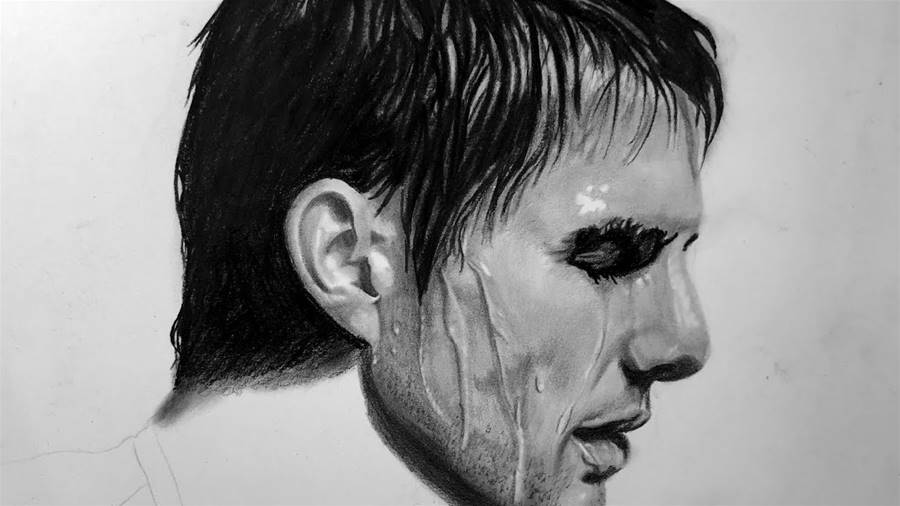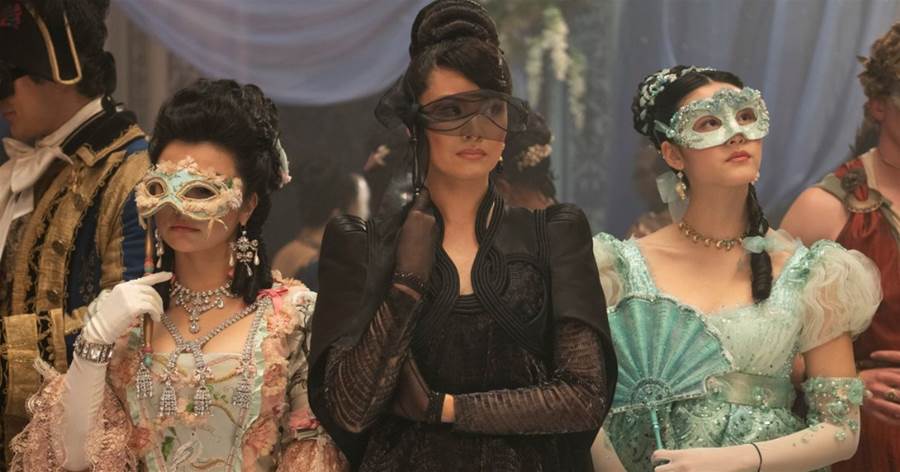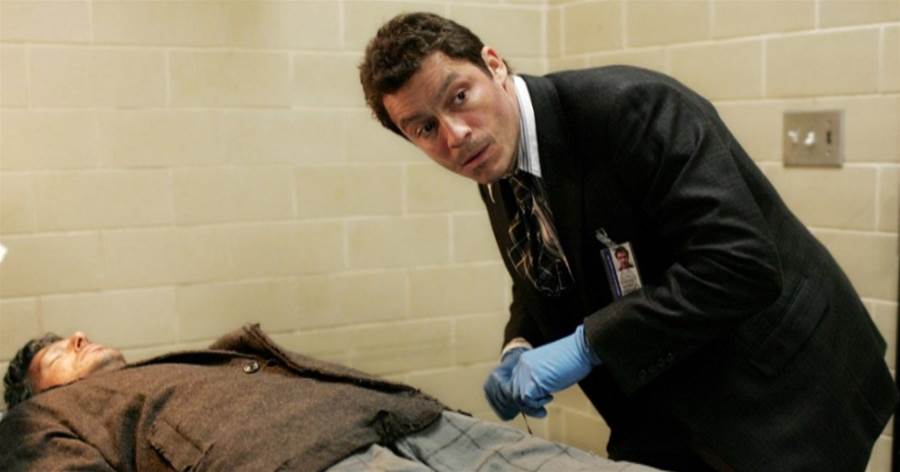
In this article, we will continue to explore the technique of real-time pencil drawing and focus on how to create realistic drawings. Creating realistic drawings requires attention to detail, shading techniques, and understanding of form and perspective.
To begin, it is important to have a clear reference image or subject to draw from.
One key technique in creating realistic drawings is to pay attention to details. This includes studying the subject carefully and observing the small nuances such as wrinkles, textures, and shadows.
The article is not finished. Click on the next page to continue.
The article is not finished. Click on the next page to continue.
Next page


















